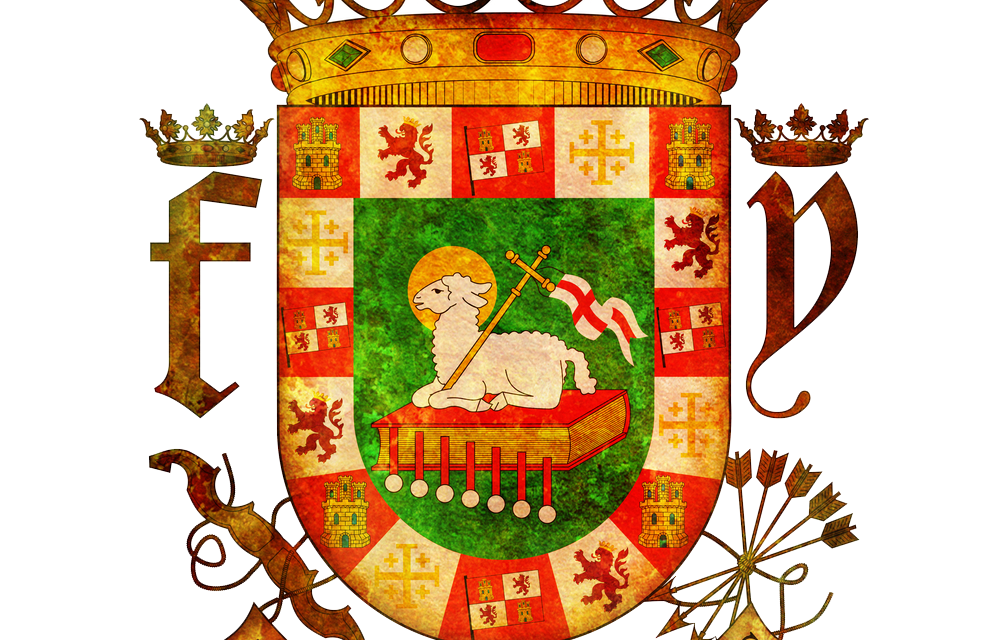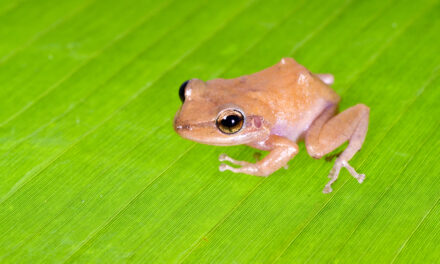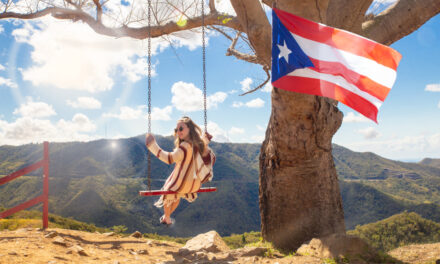The shield of Puerto Rico, also known as the Coat of Arms of Puerto Rico, has a rich history intertwined with the island’s heritage and symbolism. It was officially adopted on June 3, 1976, through Act No. 2 of 1976, replacing the previous coat of arms which had been in use since 1905.
Here’s an explanation of the elements of the shield:
- Blue Field: The shield is set against a blue field, symbolizing the blue waters of the Caribbean Sea that surround Puerto Rico.
- Silver Castle: At the center of the shield stands a silver castle with three towers, which represents the three historic forts that guarded the capital city of San Juan: El Morro, San Cristóbal, and La Fortaleza.
- Red Lion: Above the castle, there is a red lion rampant, facing left. This lion represents the Kingdom of León in Spain, as Puerto Rico was once a Spanish colony and part of the Kingdom of León.
- Green Borders: Surrounding the shield are green borders with alternating rectangular indentations and small round tops, resembling waves. These green borders symbolize the lush vegetation and agriculture of Puerto Rico.
- Ficus Trees: Flanking the shield are two ficus trees, which are native to Puerto Rico. They symbolize the natural resources and biodiversity of the island.
- Motto Banner: Below the shield, there is a banner with the motto “Joannes Est Nomen Eius” written on it. This Latin phrase translates to “John is his name” and refers to John the Baptist, the patron saint of Puerto Rico.
Overall, the shield of Puerto Rico encapsulates the island’s history, heritage, and natural beauty, serving as a proud symbol of its identity and culture.



